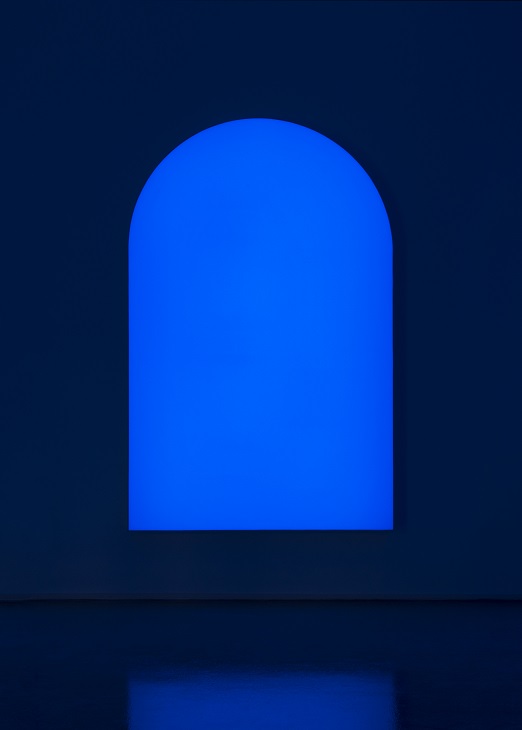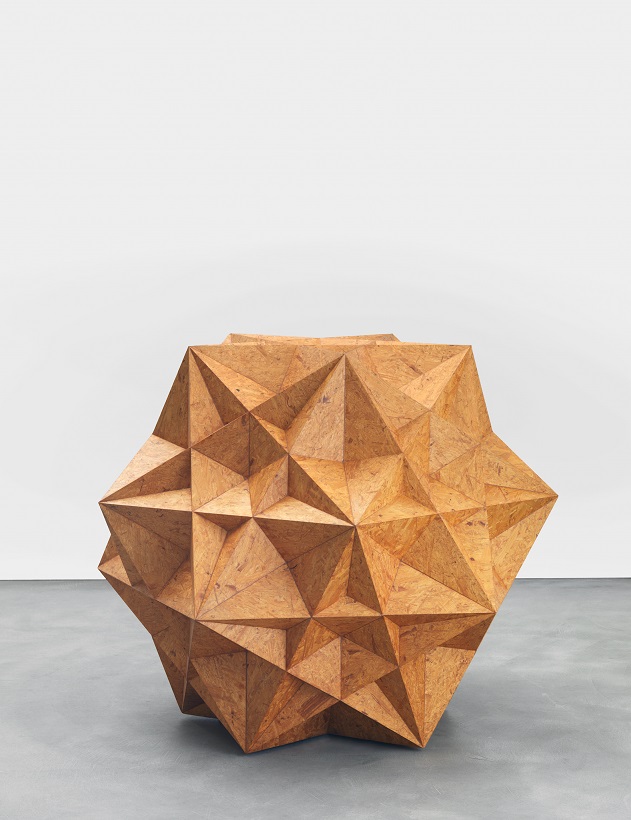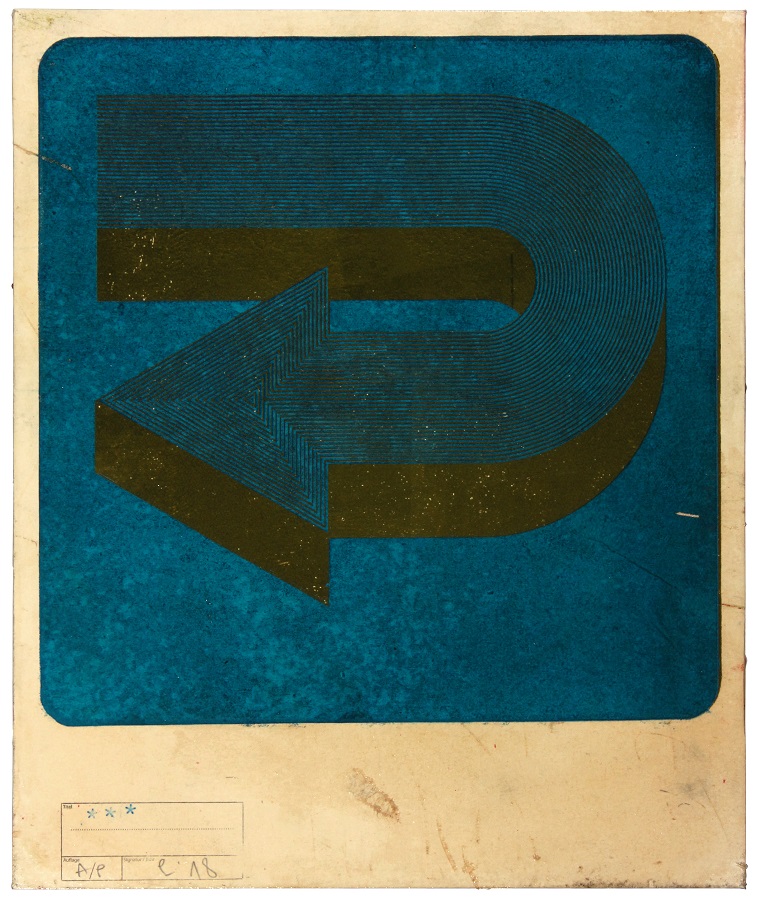White Cube and Open Houses
Berlin Art Week is not only about the fairs
Berlin Art Week focuses on contemporary works, but in the German capital traces of its history are never far away. The exhibits blend well with the often-evocative architecture and rough surfaces. So, from art fairs to private collections and institutional exhibitions to project rooms – the event offers something for every art aficionado.


In the end, everybody seemed to be satisfied. This happens very seldom in a big city with very different interest groups. But this year’s Berlin Art Week, which ran from 26 to 30September, exceeded all expectations, with about 120,000 visitors in less than a week. This is only the seventh edition of the event, despite Berlin’s status as a leading city for contemporary art.
And therein lie the challenges of past editions and why the initiative was almost cancelled outright. Over time, it became more and more apparent that aesthetically ambitious projects alone could not raise enough money to become self-sustaining. Artists from all over the world have moved to Berlin, praising the city for its creative power and inexpensive way of living. The trouble was that collectors, who in fact did visit Berlin to gather fresh inspiration, continued buying their art in London, Basel, Miami and the like. Now, in a joint-venture, the largest art fair in Germany, Art Cologne, and the former abc art berlin contemporary have joined forces to establish an art fair that is perhaps more conventional: Art Berlin, while Positions Berlin Art Fair (that has been held since 2014) remains a platform for younger galleries and artists.

In a well-judged move, both events have relocated to hangars of the former Tempelhof Airport – although the organisers struggled (successfully) to hang lamps from the 23-metre-high ceilings. This piece of Nazi architecture, which dates from 1936, is one of Europe’s largest monuments and was the centre of the Berlin airlift of 1948/49 but has now been converted to an international symbol of freedom.
For over 50 years, until its closure only 10 years ago, it served as both a civil and a commercial airport, and many a Berliner or visitor will remember the distinctive atmosphere of the huge building. Recently, parts of the complex have been used as refugee shelters, but access to the public is ordinarily restricted. And so, visitors were impressed to enter the history-charged hangars, which hosted 200 international galleries, while the former boarding areas outside served as a sculpture park.
The Art Berlin boasts big players such as Neugerriemschneider(showing Ai Weiwei, Olafur Eliasson and Pawel Althamer); Sprüth Magers (showing Gery Hume, Robert Irwin and Pamela Rosenkranz); Galerie Eigen + Art (Carsten Nicolai, Stella Hamberg) or Esther Schipper (Karin Sander).
This year it also introduced a new salon format. This collective display, designed by Alessandro Bava and curated by Tenzing Barshee, presented almost 60 artists. Barshee revealed that the artists’ galleries paid a fee of €500 for each artwork shown in the salon.

For those seeking hidden gems the Positions Berlin Art Fair was the place to be. With prices of smaller pieces starting at €900, their Selected Positions targeted the aspiring collector. Interestingly, many of the artists represented at the regular gallery stalls also exhibited here, simply on a smaller, and more economical, scale.
Kunkel Fine Arts from Munich catered to the lovers of art of the 19th and 20th centuries for a change, with pictures of Otto Dix and DODO from the fashionable 1920s.
Positions is not only a wonderful venue in which to discover lesser known galleries, but also provides a space for representatives from smaller countries such as Latvia. For example, the Maksla Xo Gallery presented emerging Latvian graphic artist Paulis Liepa (b. 1978). The aesthetics of his work hark back to the graphic culture of the 1960s and 70s and the vintage touch is heightened by scratches and layers of glue and paint. With subtle irony about the obsession of graphic artists with the perfect image, this man from Riga deliberately ignores any art-world etiquette.
Another very well-received presentation was the one by Meno Parkas Galerija from Lithuania. Ceslovas Lukenskas (b. 1959), a dean of Vilnius Academy of Arts and also an independent musician and performer, visualised an installation of wooden archetypical symbols. He burnt these hearts and crosses and half-moons to charcoal and put them in a framing of used windows. Cremates is a very strong work, touching on particular traumatic experiences of humanity in recent times.
But Berlin Art Week is not only about the fairs. One of the highlights was certainly Rebecca Horn’s transformation of St Hedwig’s Cathedral into a timeless room with a Glowing Core. Sixteen horizontal sculptures – huge reflecting funnels hanging from the dome, accompanied by sounds from New Zealand composer Hayden Chrisholm – transformed the empty church into a surreal structure. At the same time, the Berliner Festspiele offered immersive art in a kind of planetarium tent as an urban intervention. And history comes into play again at the private Boros and Feuerle Collections, stored as they are in World War II bunkers.
Also definitely worth a mention was PalaisPopulaire, the newly opened culture platform of Deutsche Bank, at one of the most prestigious addresses in Berlin: the Princess Palace at Unter den Linden 5. The Deutsche Bank collection consists of 50,000 works, so interesting exhibitions are not hard to come by here.
Major contemporary institutions such as Berlinische Galerie, Hamburger Bahnhof, Thomas Olbrecht’s me Collectors Room, c/o Berlin, Martin-Gropius-Bau and many more vernissages, award ceremonies, artist talks and, of course, parties make an exciting, art-packed week. Friday night is always reserved for the 300 galleries to stay open until 9pm, and then continue celebrating. With around 5,000 artists in town, that is not difficult!
The next Berlin Art Week takes place in September 12 – 15, 2019.








